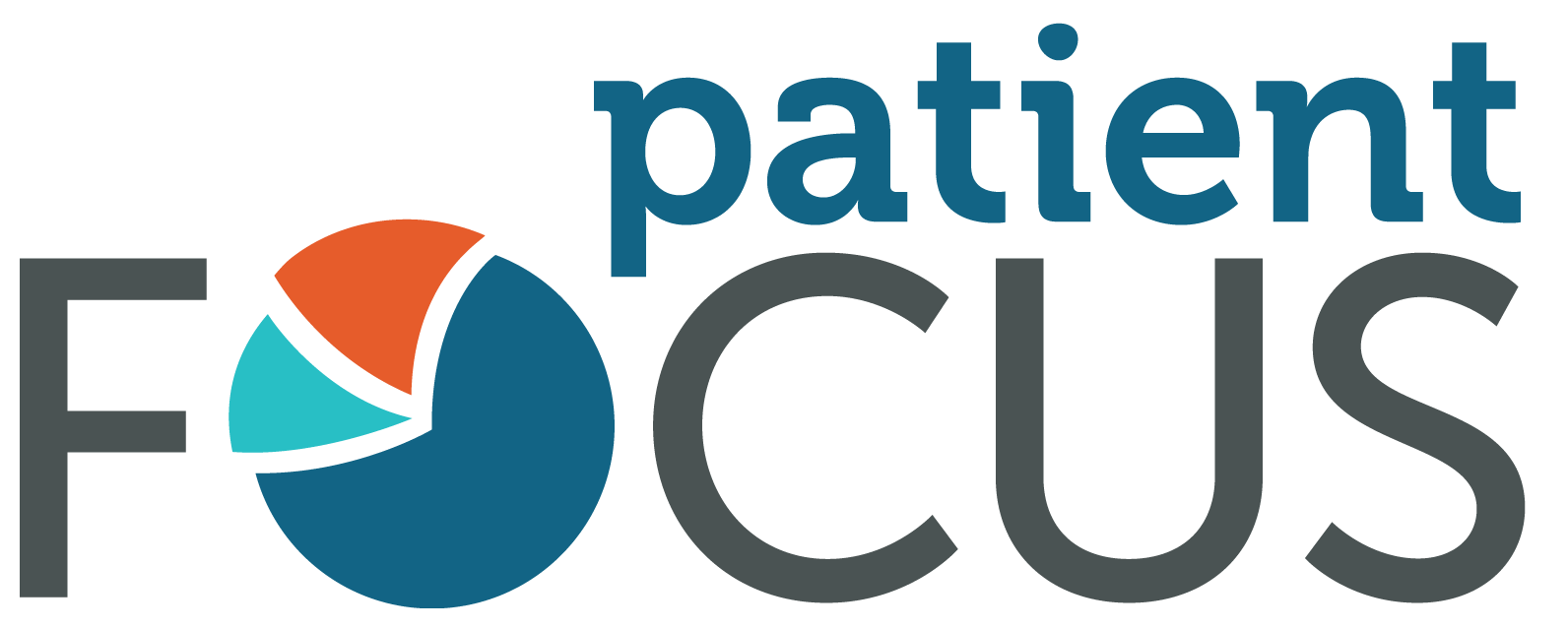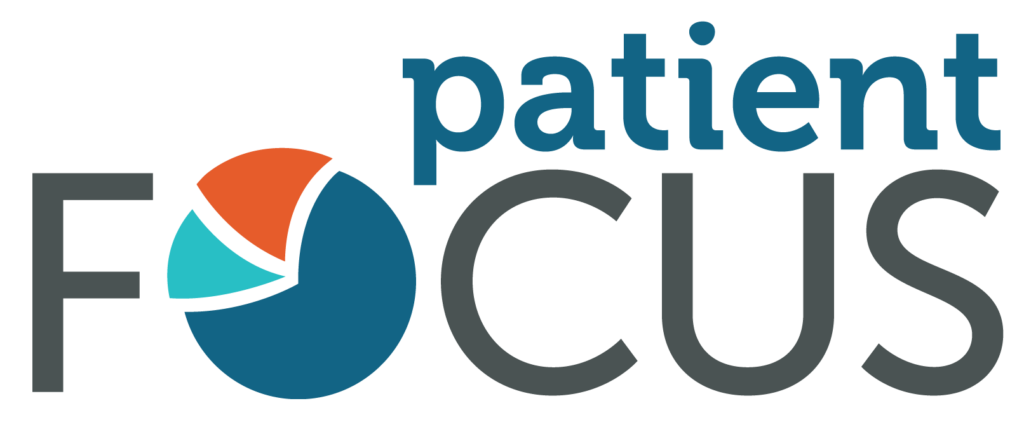Collecting patient balances may have been a challenge in years past, but the explosion of high-deductible health plans (HDHPs) and mounting financial pressures have turned patient pay hurdles into a large-scale crisis. According to a recent Kaiser Family Foundation (KFF) survey, 41% of U.S. adults have some form of healthcare debt, forcing one in four patients to delay or forego care due to the cost.1 As a result, practices frequently struggle to collect even the smallest amounts from patient balances and must often resort to collection agencies to earn a portion of revenue for their services.
However, while financial bandwidth plays a major role in collecting patient payments, many practices fail to recognize the impact that the billing experience has on their ability to collect. Financial stress aside, a significant percentage of patients stall payments due to confusion around the details of their statements or the billing process as a whole. These factors create an overwhelming, inefficient, and ineffective payment workflow that can eventually risk practice profitability.
Overcoming these challenges requires a new approach to the billing process — one that leverages data-driven analytics capabilities. These tools provide an inside look into patient-pay workflows, identifying weaknesses in current processes, predicting revenue trends, and highlighting opportunities for financial and operational improvement.
Pinpointing Billing Inefficiencies with Data Analytics
The first step to improving patient pay is to identify and address inefficiencies. This can look like uncoordinated billing outreach, late statement delivery, and any other inconsistent billing practices that gradually erode patient-pay efficiency and create major gaps in cash flow. Even with a highly skilled and experienced team, finding these inefficiencies is a cumbersome and time-consuming effort when completed manually.
Through meticulous analysis, data analytics tools systematically identify every inefficiency throughout the patient-pay journey, dissecting each step from statement generation to payment collection. This highly granular examination leverages automated, software-driven capabilities to expose hidden bottlenecks, errors, and every weak point in the billing process — with a core focus on which steps are sources of revenue leakage.
With this information, practice billing teams can immediately locate areas for improvement and implement corrective action to address the issue and restore a seamless cash flow. By integrating data analytics, practices can achieve a substantial reduction in errors and a measurable increase in payment workflow efficiency, transforming billing processes from opaque and convoluted procedures to a transparent and streamlined workflow.
Predictive Analytics for Revenue Cycle Management
Forecasting patient-pay revenue no longer involves educated guesses about payment behaviors, billing seasonality, and collection efficacy. Predictive analytics opens the door to a new level of financial transparency and planning, employing advanced analytics to comb through historical data to accurately predict future patterns and revenue growth. This forward-looking approach provides the necessary foresight to efficiently navigate the evolving complexities of the revenue cycle and optimize patient-pay collection efforts to only include those that are proven to be effective. Leverage these capabilities to:
- Accurately forecast revenue. Predictive analytics provides precise insights into future revenue trends, allowing practices to plan and budget effectively based on past patient-pay behaviors.
- Improve cash flow management. By forecasting patient payments and identifying potential delays, practices can optimize cash flow management, ensuring a steady and predictable revenue stream.
- Strategically allocate resources. Utilize insights into expected revenue to ensure staff and resources are appropriately distributed to address critical revenue cycle needs and mitigate financial risks.
- Proactively encourage payments. Identify which billing strategies and processes drive the most payments and tailor each patient’s journey to match their needs and preferences.
- Improve patient engagement. Create a personalized, patient-centered billing process to foster stronger engagement and increase the likelihood of timely payments.
Leverage the PatientFocus Data-Driven Approach
Equip your patient-pay strategy with predictive analytics to take revenue growth and patient engagement to the next level. With these tools, your team can proactively address emerging challenges and take advantage of new opportunities to maximize patient-pay without sacrificing the patient experience. As a data-driven patient-pay partner, PatientFocus employs a suite of data analytics tools to help physician-owned practices close the gaps in patient billing workflows to improve engagement, increase patient-pay, make informed business decisions, and work holistically toward financial stability and operational efficiency. Our propensity-to-pay model generates an average 35% increase in revenue, with some practices achieving 51% growth in patient-pay revenue — all while boosting patient satisfaction and creating a future-proof billing process.
Ready to learn how much your practice could profit from a data-driven, patient-centered billing strategy? Use the patient-pay revenue calculator to estimate how much additional revenue your practice could generate by partnering with PatientFocus.
Sources
- Rakshit, S., Rae, M., Claxton, G., Amin, K., Cox, C. (2024, February 12). The burden of medical debt in the United States. KFF. https://www.healthsystemtracker.org/brief/the-burden-of-medical-debt-in-the-united-states/


